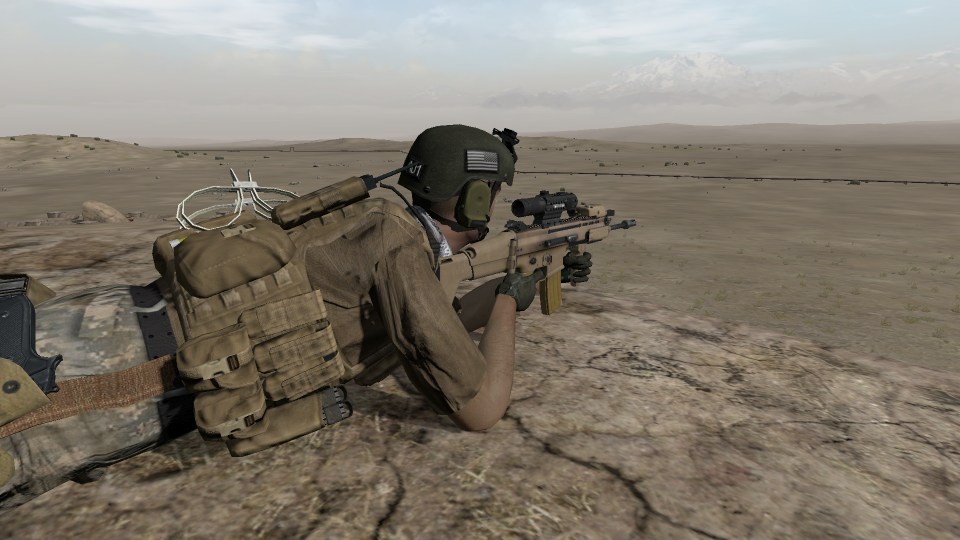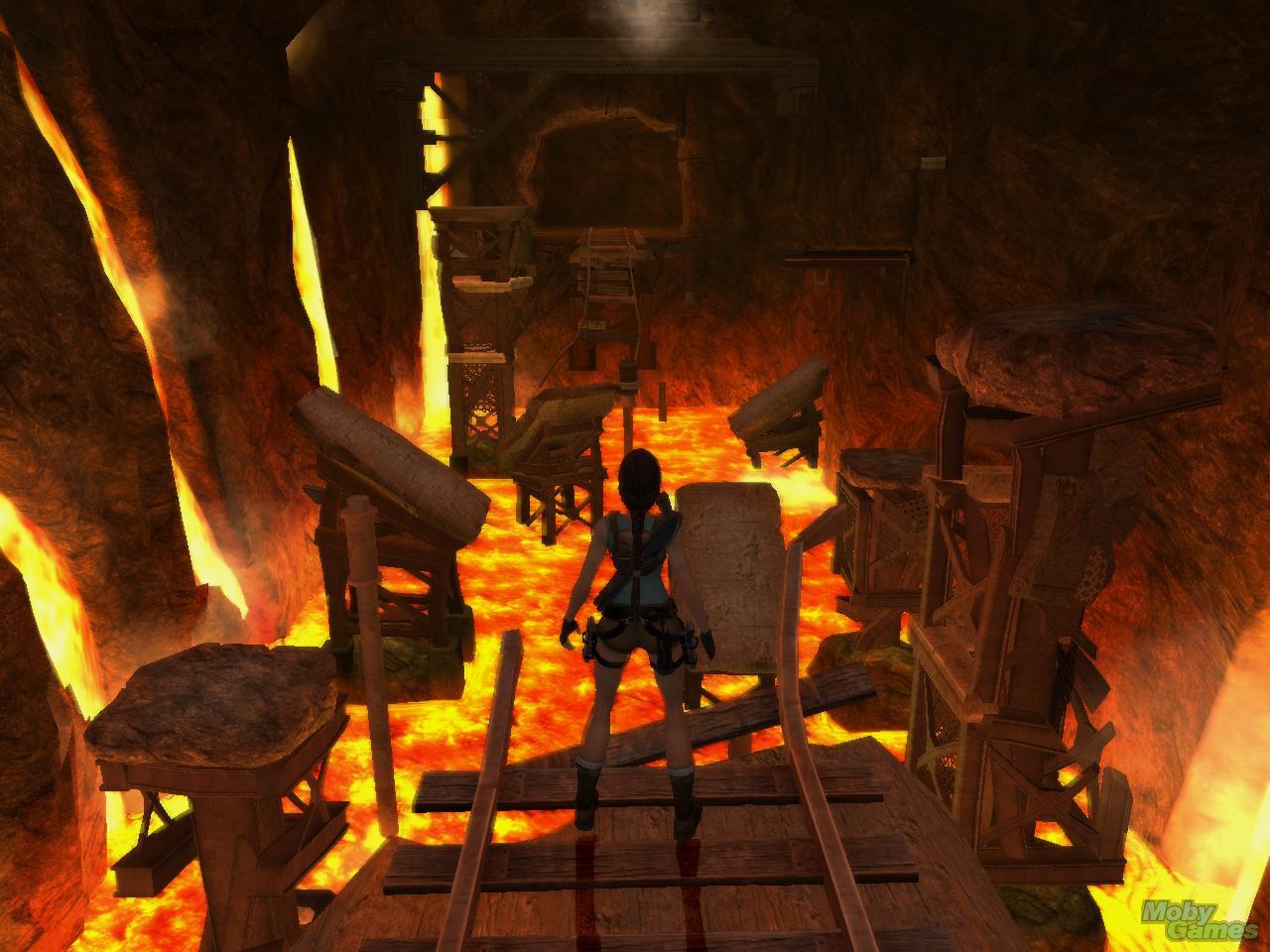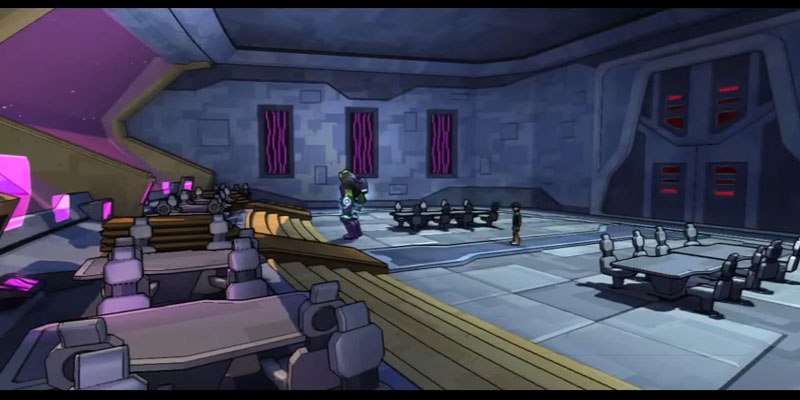My short essay on the use of realism in games.
The game industry has struggled with realism basically since inception. Through generations of games, realism has been billed as a selling point – distinguishing a game from its competition and predecessors – at the same time critics deride realism for taking priority over other qualities, like fun.

While I don’t doubt that people in the army spend hours watching a lot of brown nothing, that doesn’t mean I want to do that.
Why does this struggle persist? Are developers not imaginative enough, preferring to play it safe by going with what they know? That’s probably part of it, but I think there’s more to it than that.
Realism isn’t inherently good or bad. Realism is a tool: one of the many tools in the designer’s toolbox which can be used to good or bad effect. And just as a carpenter must know when each tool will or won’t help, game developers must be able to identify which problems realism can solve.
To my mind, realism is useful for achieving two underlying goals: making a component of a game intuitive and predictable.
Consider an example we’ve all seen in many games: the locked door.

Games can vary a lot in how realistically their doors are implemented. Usually, the door swings open without being pushed. You may not have to insert the key into the lock; simply possessing the key is often sufficient. The key may disappear when used, or it may never actually exist in the world at all!
Yet despite these deviations, other behaviors are consistent. Namely, you can’t get past the door until you find a key and use it on the door. If a game breaks that rule – like, if you get past the door by spinning counterclockwise in front of it – then players will balk at the ‘surreal’ door, even when they’ll overlook other unrealistic qualities. What’s really bothersome isn’t the lack of realism per se, but that such a game breaks the player’s expectations that the door’s implementation would be intuitive and predictable.
In fact, player expectation plays an important role whether a situation is realistic or not. For instance, most any kid knows how to play ‘the floor is made of lava’: if you touch the lava, you lose.

And if it’s not made of lava, it’s made out of acid, quicksand, electrified water, spikes…
In reality, a glowing lava lake can burn things without making direct contact. But that’s not really important for a game. If the game embraces the player’s intuition and predictions about lava, players won’t give it a second thought, any more than they’ll question a locked door.
In other words, the reason every other game has lava pits is because the player knows what to expect with them: the lava’s going to cause damage, it’s not going to flow uphill or do other things liquids don’t do, etc.
I think this distinction applies most to systems design, but it’s present in level design, too. If your mission in a game is to, say, get some cookies from a guy’s house, you bring expectations with you of how it’s going to go down.
Cookie Monster Arrested by Ghost141 on deviantART
Where should you look for the cookies? Well, you expect the house to be divided into rooms. You expect one room to be the kitchen, with counters down low, and cupboards up high, and an oven somewhere. This matters, not just because it wouldn’t look right otherwise, but because you’re planning your mission under these assumptions.
The more fantastic the setting, the more liberties the creators can take with the level design. It’s harder to argue that a shuttle bay or an alien egg chamber is made “unrealistically.” At the same time, these environments may be less relatable. It’s akin to the difference between ‘hard’ science fiction and ‘soft’ science fiction: I appreciate both, but for different reasons.

When I worked on Ben 10: Omniverse 2, our budget for environment art was severely limited. So multiple levels took place on the same militarized, alien spaceship. The rooms and hallways were all modular. This made it easy to design the level layouts. But we had serious concerns that the rooms would all look the same; the player wouldn’t be able to discern one from another.
To address this as best we could with the budget we had, I could’ve looked at other games that take place on militant alien spaceships. There’s certainly no shortage of them to choose from! But that would have been the most derivative approach. Art imitating art will just strengthen existing tropes. Instead, this was a time to reach for the realism tool. I researched real world places – modern aircraft carriers in particular – to provide the level artists with ideas for different locations on the ship.
We simply didn’t have the resources to have a memorable locale around every corner. But hopefully our efforts succeeded, to the extent that a player recounting a level would at least talk about going from the barracks to the mess hall, rather than from the room at the start to the other room some time later.
Of course, you don’t want to just grab an office floor plan and make it a level. Still, I think there’s a lot of untapped potential to see places you don’t often see in games, using real life as inspiration.
To conclude, my advice to game developers is that realism has its uses. Don’t be afraid to get what you can out of it. It can absolutely enrich a game’s art and design on both a tangible and subconscious level. But also think about your larger goals, and to what extent realism moves you toward or away from them.
← Back
